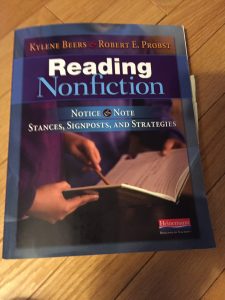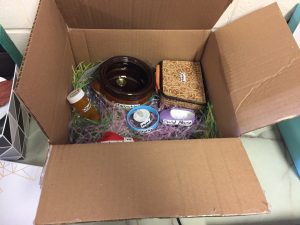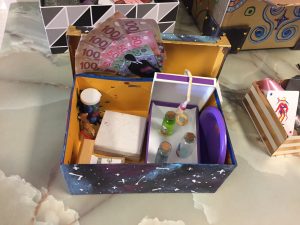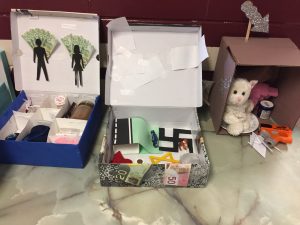I find it interesting that the whole “relationships are the most important thing in education” line of thinking plays itself out when I think about my ideal school. The first thing that jumps into my mind isn’t the actual structure, the resources, or the curriculum. Rather, it’s the people I would fill it with.
I’ve been fortunate to teach in many different schools in my career (across three provinces). I am confident in saying that kids and parents are basically the same everywhere. There is never enough money for resources to do the things you’d really like to do in education, no matter the government involved. There is always assessment and curriculum to be questioned for the value it provides to students. But everywhere, there are great people who are making everything work, no matter what the odds, and inspiring the rest of us as they do it.
My ideal school could be a broken down barn with few resources, but the people I’d populate it with would make it exceptional. They would make it exceptional because of their passion, their knowledge, their ability to collaborate, their talent at making learning opportunities, sometimes seemingly out of nothing, and their intense desire to make school interesting, safe, and relevant for students. These people have inspired me in my career because of their curiosity and commitment to their own continued growth and learning, their beliefs in hands-on and experiential learning, and their acknowledgement that most times, we have to go where students lead us.
My ideal school would have many other aspects to it. There would be lots of messy learning. Process would be more important than products, and our assessments would reflect that. Coming from the angle of someone who teaches in both kindergarten and middle years, exploration and inquiry would be key at all ages. Technology would be employed to connect to others, and share our work. But the key would always be the passionate people filling the building.
My ideal school would be all about the people in it. Everything else would be gravy.
I originally started this post during my the writing warm-up time in my grade 7/8 class, on March 2. I gave them the same prompt as I started with, to choose to do if they wanted (“What would your ideal school look like?”). The ideas were fabulous! They were so thoughtful, and it was surprising how many of their ideas aligned with mine. I might have to share some of them here sometime.








